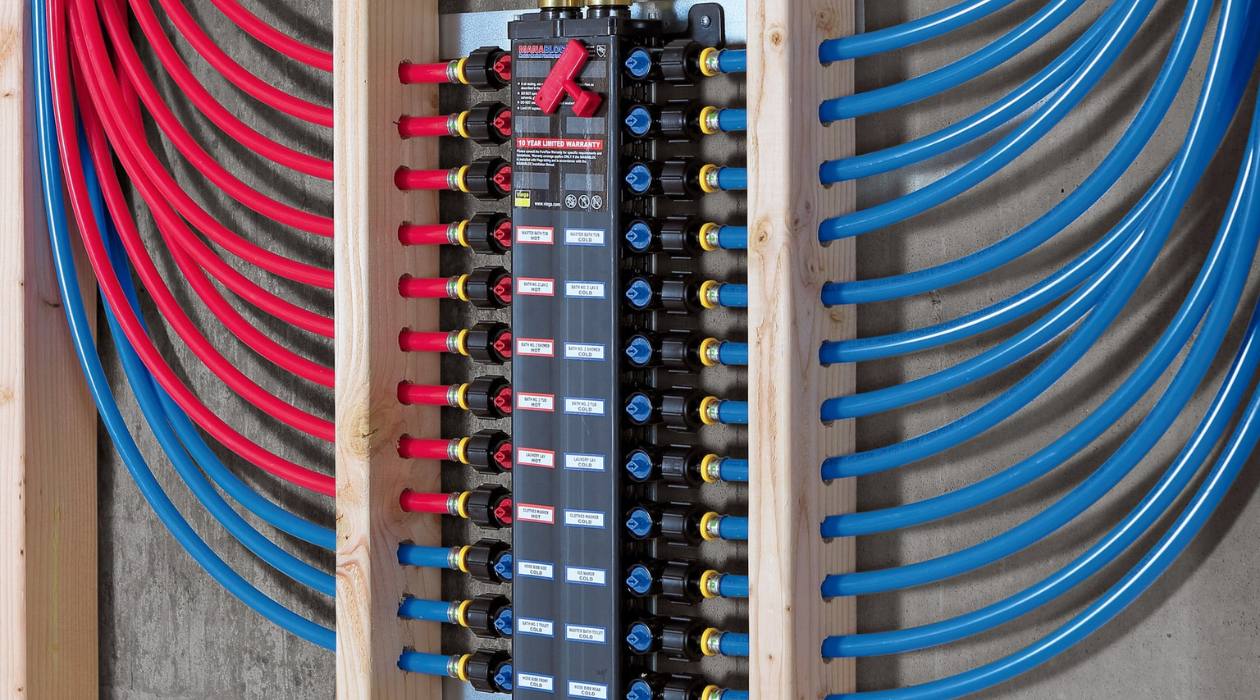

Articles
What Is A Manifold Plumbing
Modified: August 31, 2024
Discover the importance of manifold plumbing in our articles. Find out how it works, benefits, and applications. Don't miss out on this essential plumbing knowledge!
(Many of the links in this article redirect to a specific reviewed product. Your purchase of these products through affiliate links helps to generate commission for Storables.com, at no extra cost. Learn more)
Introduction
Welcome to the world of manifold plumbing – a system that is revolutionizing the way water is distributed in residential and commercial buildings. Plumbing plays a crucial role in the functioning of any structure, and traditional plumbing systems have been used for decades. However, manifold plumbing offers a more efficient, flexible, and cost-effective alternative.
So, what exactly is manifold plumbing? In simple terms, it is a system that uses a central manifold to control the distribution of water to various fixtures and appliances in a building. Instead of relying on individual lines for each fixture, manifold plumbing uses a single supply line that branches out to different areas of the building.
Now that we have a basic understanding, let’s delve deeper into the world of manifold plumbing to understand how it works and the benefits it offers.
Key Takeaways:
- Manifold plumbing simplifies water distribution by using a central manifold to ensure balanced pressure and flow, reducing the risk of leaks and offering flexibility for future modifications.
- Compared to traditional systems, manifold plumbing provides cost savings, water conservation, and energy efficiency, making it a valuable and reliable choice for modern plumbing needs.
Read also: 13 Amazing AC Manifold for 2025
Definition of Manifold Plumbing
Manifold plumbing is a modern plumbing system that uses a central distribution manifold to supply water directly to various fixtures and appliances in a building. Unlike traditional plumbing systems, which rely on a complicated network of supply lines, manifold plumbing simplifies the distribution process by using a single supply line that branches out to deliver water to individual fixtures.
The manifold is like a control center that regulates and directs the flow of water to different parts of the building. It typically consists of a series of valves, also known as ports, which are connected to individual lines that run to each fixture or appliance. These valves can be individually adjusted or shut off to control the flow of water to specific areas.
Each fixture, such as sinks, showers, toilets, and appliances like washing machines and dishwashers, is connected to the manifold through dedicated lines. These lines are typically made of durable materials like PEX (cross-linked polyethylene) or copper and are designed to withstand high water pressure.
The concept behind manifold plumbing is to create a more efficient and reliable water distribution system. By eliminating the need for multiple supply lines and reducing the length of piping, manifold plumbing minimizes the risk of leaks, pressure drops, and temperature variations throughout the building. This leads to better water flow and pressure consistency, ensuring a more comfortable and convenient experience for users.
In addition, manifold plumbing offers the flexibility to add or remove fixtures without disrupting the entire system. The individual control valves on the manifold allow for easy isolation and maintenance of specific segments, reducing the inconvenience and cost associated with repairs or upgrades.
Overall, manifold plumbing simplifies and enhances the water distribution process, offering improved functionality, efficiency, and reliability compared to traditional plumbing systems.
How Manifold Plumbing Works
Manifold plumbing operates on a simple yet effective principle to ensure efficient water distribution throughout a building. The system starts with a central manifold, which acts as the control center for directing water flow to individual fixtures and appliances.
At the heart of the manifold is a series of valves, also known as ports, which are connected to individual supply lines. These supply lines run from the manifold to each fixture or appliance in the building. The supply lines are typically made of PEX or copper, chosen for their durability and ability to handle high water pressure.
When a fixture or appliance requires water, the specific valve connected to it is opened or partially opened. This allows water to flow through the dedicated line and reach the intended destination. By controlling the valves on the manifold, users can adjust the water flow to each fixture or appliance as desired.
The central manifold acts as a hub that evenly distributes water to the various supply lines. It ensures balanced pressure and flow, preventing issues such as low water pressure or temperature fluctuations. By eliminating the need for long, interconnected supply lines, manifold plumbing reduces the chances of pressure drops or leaks, resulting in more consistent water supply throughout the building.
In addition to its efficiency, manifold plumbing offers flexibility in design and expansion. With traditional plumbing systems, adding or removing fixtures can be complex, requiring extensive modifications to the existing network of supply lines. However, manifold plumbing simplifies this process. Since each fixture or appliance has its own dedicated supply line connected to the manifold, alterations can be made without disrupting the entire system.
Overall, manifold plumbing works by using a central manifold to control the distribution of water to different fixtures and appliances. It simplifies the plumbing system, promotes more balanced water pressure and flow, and allows for easy expansion or modification.
Benefits of Manifold Plumbing
Manifold plumbing offers a range of benefits compared to traditional plumbing systems. Let’s explore some of the key advantages of using manifold plumbing in residential and commercial buildings:
1. Consistent Water Pressure: With manifold plumbing, each fixture or appliance receives water directly from the manifold, ensuring consistent and balanced water pressure throughout the building. This eliminates issues such as low water pressure or temperature fluctuations, providing a more enjoyable and comfortable experience for users.
2. Reduced Risk of Leaks: Traditional plumbing systems with long supply lines are more prone to leaks and water damage. Manifold plumbing minimizes the risk of leaks by using a single supply line that branches out to the fixtures. This simpler network reduces the number of connections and potential points of failure, increasing the overall reliability of the system.
3. Quick and Easy Maintenance: Manifold plumbing makes maintenance tasks much easier compared to traditional systems. Each fixture or appliance is connected to the central manifold through dedicated supply lines, which allows for individual isolation and maintenance. This means that repairs or upgrades can be done without disrupting the entire system, saving time and reducing inconvenience.
4. Flexible Design and Expansion: With manifold plumbing, adding or removing fixtures is straightforward and hassle-free. The individual control valves on the manifold allow for easy integration of new fixtures or removal of existing ones, without the need for extensive modifications to the plumbing system. This provides flexibility for future modifications or renovations.
5. Water Conservation: Manifold plumbing can contribute to water conservation efforts. By allowing individual control over water flow to each fixture, users can optimize water usage according to their needs. It is also easier to detect and fix leaks with manifold plumbing, preventing excessive water wastage.
6. Energy Efficiency: The improved water pressure and balanced flow in manifold plumbing can lead to energy savings. Water-using appliances such as washing machines and dishwashers operate more efficiently when supplied with consistent water pressure, reducing their energy consumption.
7. Cost Savings: Although manifold plumbing may have a higher upfront cost compared to traditional systems, it can lead to long-term cost savings. The reduced risk of leaks and water damage means fewer repairs and lower maintenance costs over time. Additionally, the energy efficiency of manifold plumbing can result in reduced utility bills.
Overall, manifold plumbing offers enhanced functionality, better water pressure, reduced risk of leaks, flexibility in design, and potential cost savings. Its innovative approach to water distribution makes it an excellent choice for both residential and commercial buildings.
Components of Manifold Plumbing System
A manifold plumbing system consists of several key components that work together to ensure the efficient distribution of water throughout a building. Understanding these components will help you gain a better understanding of how the system operates. Let’s take a closer look at the main components of a manifold plumbing system:
1. Supply Line: The supply line is the main pipe that brings water into the building. It is typically connected to the main water source, such as a municipal water line or a well. The size and material of the supply line may vary depending on the water demand and local plumbing codes.
2. Manifold: The manifold is the central distribution point of the plumbing system. It consists of a series of valves, also known as ports or outlets, that regulate the flow of water to different fixtures and appliances. The manifold is usually made of brass or plastic, chosen for their durability and resistance to corrosion.
3. Valves: The valves on the manifold control the flow of water to individual fixtures or appliances. Each valve is connected to a dedicated supply line that runs to the specific fixture. The valves can be adjusted or shut off completely to control the water flow and isolate specific areas for maintenance or repairs.
4. Supply Lines: Supply lines are the pipes that connect the manifold to each fixture or appliance in the building. These lines are typically made of PEX (cross-linked polyethylene) or copper, chosen for their durability and ability to handle high water pressure. The size and length of the supply lines depend on the distance between the manifold and the fixtures.
5. Fixtures and Appliances: The fixtures and appliances in the building, such as sinks, showers, toilets, washing machines, or dishwashers, are connected to the manifold through dedicated supply lines. Each fixture or appliance has its own connection point on the manifold, allowing for individual control and customization of water flow.
6. Shutoff Valves: Shutoff valves are installed at each fixture or appliance to allow easy isolation and maintenance. These valves are typically located near the fixture and can be used to shut off the water supply to that specific point without affecting the rest of the plumbing system.
In addition to these primary components, a manifold plumbing system may also include other elements such as pressure regulators, backflow preventers, and water filters, depending on the specific needs and requirements of the building.
By working together, these components of a manifold plumbing system ensure efficient water distribution, balanced pressure, and easy maintenance and control. The streamlined design and individualized control make manifold plumbing an innovative and reliable solution for modern plumbing needs.
A manifold plumbing system is a central distribution point for water supply lines, allowing for individual shut-off valves and easy access for maintenance. It can help improve water pressure and reduce the risk of leaks.
Read more: What Is Plumbing?
Installation Process of Manifold Plumbing
The installation process of manifold plumbing requires careful planning and precise execution to ensure an efficient and reliable water distribution system. Here are the general steps involved in installing manifold plumbing:
1. Design and Layout: The first step is to design the manifold plumbing system layout. This involves determining the location of the manifold, the routing of the supply lines to each fixture and appliance, and the placement of shutoff valves. It is crucial to consider factors such as proximity to the main water source, accessibility for maintenance, and minimizing the length of supply lines to optimize water pressure.
2. Gather Materials and Tools: Once the layout is finalized, gather all the necessary materials and tools for the installation. This may include the manifold, valves, supply lines, fittings, shutoff valves, pipe clamps, and appropriate plumbing tools like wrenches, cutters, and crimping tools.
3. Shut Off Water Supply: Before starting the installation, shut off the main water supply to the building. It is important to ensure that there is no water pressure in the existing plumbing system to prevent any accidents or water damage during the installation process.
4. Install the Manifold: Begin by installing the manifold in the chosen location. Secure it to the wall using pipe clamps or brackets. The manifold should be easily accessible for future maintenance and repairs. Connect the supply line from the main water source to the manifold, ensuring a watertight connection.
5. Connect Supply Lines: Next, connect the supply lines to the valves on the manifold. The supply lines should be measured, cut to the appropriate length, and connected to the valves using compatible fittings. Use crimping tools or other suitable methods to ensure secure and leak-free connections.
6. Route Supply Lines: Route the supply lines from the manifold to each fixture or appliance. It is important to minimize the length of supply lines to avoid pressure drops. Properly secure the supply lines to the building’s structure using pipe clamps or other appropriate fasteners.
7. Install Shutoff Valves: Install shutoff valves near each fixture or appliance. These valves allow for individual isolation and maintenance. Connect the supply lines to the shutoff valves using compatible fittings, ensuring tight and leak-free connections.
8. Pressure Test: Once all the supply lines and valves are installed, it is essential to perform a pressure test on the plumbing system. Close all the shutoff valves and use a pressure gauge to pressurize the system. Check for any leaks and make necessary adjustments or repairs.
9. Flush and Test: After passing the pressure test, open the shutoff valves and flush the system to remove any debris or air pockets. Carefully inspect each fixture and appliance for proper water flow and ensure there are no leaks or issues.
10. Finalize and Cleanup: Securely label each valve on the manifold for easy identification. Clean up any debris or materials from the installation process and ensure proper disposal. Restore the main water supply and conduct a final check to ensure the system operates smoothly.
It is important to note that the installation process may vary depending on the specific plumbing codes and regulations in your area. It is recommended to consult a professional plumber or follow local guidelines to ensure a proper and compliant installation.
Maintenance and Troubleshooting of Manifold Plumbing
Regular maintenance and timely troubleshooting are crucial to keeping a manifold plumbing system running smoothly and efficiently. Here are some important maintenance tasks and troubleshooting tips to help ensure the longevity and optimal performance of your manifold plumbing system:
1. Inspect for Leaks: Periodically check all the supply lines, valves, and connections for any signs of leaks. Look for water stains, wet spots, or dripping water. Repair or replace any damaged or leaking components to prevent water damage and wasted water.
2. Check Water Pressure: Monitor the water pressure in your manifold plumbing system to ensure it remains consistent. Use a pressure gauge to measure the pressure at different fixtures. If you notice significant variations or low pressure, it could indicate a problem such as a blocked supply line or a faulty valve.
3. Flush the System: Regularly flush the manifold plumbing system to remove any sediment or debris that may accumulate over time. This helps maintain optimal water flow and prevents clogs. Follow the manufacturer’s instructions for flushing or consult a professional plumber for guidance.
4. Test and Replace Valves: Periodically test the functioning of the valves on the manifold. Open and close them to verify smooth operation and make sure they are properly sealing. If any valve is faulty or not functioning correctly, replace it promptly to maintain control over water flow.
5. Inspect Fixtures and Appliances: Regularly check the fixtures and appliances connected to the manifold plumbing system for any signs of leaks or malfunctions. Look for water puddles, dripping faucets, or unusual noises. Address any issues promptly to prevent further damage or potential water wastage.
6. Perform System Pressure Test: Occasionally, conduct a pressure test on the manifold plumbing system to ensure there are no hidden leaks or pressure inconsistencies. Close all the shutoff valves and use a pressure gauge to pressurize the system. Monitor the pressure and check for any significant drops or fluctuations.
7. Address Blockages: If you experience reduced water flow or clogged fixtures, it may indicate a blockage in the supply lines. Use appropriate methods to clear the blockage, such as flushing the affected line with water or using a plumbing snake. If the blockage persists, consult a professional plumber for assistance.
8. Keep Records and Documentation: Maintain a record of all maintenance and repairs performed on the manifold plumbing system. This documentation can be helpful for future troubleshooting or if you need to consult a professional plumber for assistance.
9. Consult a Professional Plumber: If you encounter persistent or complex issues with your manifold plumbing system, it is advisable to seek the expertise of a professional plumber. They have the knowledge and tools to diagnose and address more intricate problems to ensure the optimal functioning of your plumbing system.
By regularly performing maintenance tasks and promptly addressing any issues or concerns, you can ensure the longevity and efficient operation of your manifold plumbing system. Taking proactive measures will save you time, money, and potential water damage in the long run.
Cost of Manifold Plumbing System
The cost of a manifold plumbing system can vary depending on several factors, including the size of the building, the complexity of the plumbing layout, the type of materials used, and the local labor rates. While manifold plumbing may have a higher upfront cost compared to traditional plumbing systems, it offers long-term benefits that can justify the initial investment. Here are some key factors to consider when estimating the cost of a manifold plumbing system:
1. Materials: The cost of materials is a significant factor in the overall cost of a manifold plumbing system. This includes the manifold, valves, supply lines, fittings, shutoff valves, pipe clamps, and other necessary components. The type of materials chosen, such as brass or plastic for the manifold, PEX or copper for supply lines, will impact the cost.
2. Labor: The labor cost for installing a manifold plumbing system will depend on the complexity of the plumbing layout and the hourly rates of plumbers in your area. Installing a manifold system requires skilled labor to ensure proper installation and accurate connection of supply lines and valves.
3. Size of the Building: The size of the building and the number of fixtures and appliances that need to be connected to the manifold will influence the cost. Larger buildings with more fixtures will require more supply lines and valves, which can increase the overall cost compared to smaller residential structures.
4. Accessibility: The accessibility of the plumbing lines and the chosen location for the manifold can affect the installation cost. If existing plumbing needs to be modified or if access to certain areas is difficult, additional labor and materials may be required, potentially increasing the overall cost.
5. Additional Features: The inclusion of additional features like pressure regulators, backflow preventers, or water filters will add to the cost of the manifold plumbing system. These features may be optional but can provide added functionality and convenience depending on the specific needs of the building.
6. Local Codes and Regulations: Compliance with local plumbing codes and regulations is essential for the installation of any plumbing system. Costs may be influenced by the need to meet specific requirements, such as the use of approved materials or inspections by local authorities.
7. Long-term Savings: It is important to consider the long-term savings that manifold plumbing can offer. While the initial cost may be higher, the reduced risk of leaks, lower maintenance needs, and potential energy savings can lead to cost savings over the life of the plumbing system.
It is recommended to obtain multiple quotes from reputable plumbers or plumbing contractors to get an accurate estimate of the cost of a manifold plumbing system for your specific building. Keep in mind that choosing high-quality materials and professional installation can contribute to the longevity and efficiency of the system, making it a worthwhile investment.
Comparison with Traditional Plumbing Systems
When considering the installation or upgrade of a plumbing system, it is essential to compare the advantages and drawbacks of manifold plumbing versus traditional plumbing systems. Here is a comparison between the two to help you make an informed decision:
Water Distribution:
– Manifold Plumbing: Manifold plumbing uses a central manifold to directly distribute water to each fixture or appliance. This results in more balanced water pressure and flow throughout the building, ensuring a consistent and enjoyable experience for users.
– Traditional Plumbing: Traditional plumbing systems rely on complex networks of supply lines that can lead to pressure drops, temperature fluctuations, and uneven water flow. Multiple lines may need to be interconnected, making it harder to maintain consistent water pressure throughout the building.
Flexibility and Expansion:
– Manifold Plumbing: Manifold systems offer greater flexibility for future expansion or modification. Individual supply lines and valves provide the ability to add or remove fixtures without disrupting the entire system. This makes renovations or upgrades easier and more cost-effective.
– Traditional Plumbing: Traditional systems can be more challenging to modify or expand. Adding or removing fixtures often requires significant alterations to the existing plumbing network, increasing the complexity and cost of the project.
Reduced Risk of Leaks:
– Manifold Plumbing: Manifold systems minimize the risk of leaks due to their simplified design, which reduces the number of connections and potential points of failure. This can result in fewer instances of water damage and the need for costly repairs.
– Traditional Plumbing: Traditional systems with multiple interconnected supply lines are more susceptible to leaks and water damage. The numerous connections and longer pipelines create more opportunities for leaks to occur, requiring regular inspections and maintenance.
Water Conservation:
– Manifold Plumbing: Manifold systems offer individual control over water flow to each fixture or appliance. This enables users to optimize water usage and reduce wastage, contributing to water conservation efforts.
– Traditional Plumbing: Traditional systems provide limited control over individual fixtures, potentially leading to water wastage if faucets or appliances are left running.
Maintenance and Repairs:
– Manifold Plumbing: Manifold systems simplify maintenance and repairs. Individual isolation valves allow for easy maintenance of specific areas without disrupting the entire system. This reduces the time and cost associated with repairs and ensures minimal inconvenience for occupants.
– Traditional Plumbing: Traditional systems often require shutting off the water supply to the entire building to perform repairs or maintenance. This can be disruptive and time-consuming, affecting the occupants’ daily activities.
While manifold plumbing systems generally offer substantial advantages over traditional plumbing systems, it is important to consider the specific needs and requirements of your building and consult with a plumbing professional to determine the most suitable option for your situation. Their expertise can help you make an informed decision that aligns with your goals and budget.
Read more: What Are Fittings In Plumbing
Conclusion
Manifold plumbing presents a modern and innovative approach to water distribution in residential and commercial buildings. It offers numerous benefits compared to traditional plumbing systems, making it a wise choice for those seeking efficiency, convenience, and reliability.
With manifold plumbing, the central manifold acts as the control center, ensuring balanced water pressure and flow to each fixture and appliance. This eliminates issues like low water pressure and temperature fluctuations that are common with traditional systems. The individual control valves on the manifold allow for easy isolation and maintenance, making repairs and modifications more straightforward and cost-effective.
In addition to its functional advantages, manifold plumbing offers long-term cost savings. The reduced risk of leaks and water damage minimizes the need for costly repairs. The ability to optimize water usage through individual control results in water conservation and potentially lower utility bills. Furthermore, the improved energy efficiency of manifold plumbing can also lead to reduced energy consumption by water-using appliances.
It is important to consider the cost of installation and materials when choosing manifold plumbing, as the initial investment may be higher compared to traditional systems. However, the long-term benefits in terms of reliability, ease of maintenance, and improved performance make manifold plumbing a valuable and cost-effective choice in the long run.
Ultimately, the decision to opt for a manifold plumbing system should be based on the specific needs and requirements of your building. Consulting with a professional plumber can provide valuable insights and guidance in determining whether manifold plumbing is the right solution for you.
In conclusion, manifold plumbing offers enhanced functionality, improved water pressure, reduced risk of leaks, flexibility in design, and potential cost savings. Its efficient water distribution and ease of maintenance make it an ideal choice for modern plumbing needs. Consider embracing manifold plumbing to enjoy a reliable and efficient water supply for years to come.
Now that you've gained insight into manifold plumbing systems, why not delve deeper into the world of modern plumbing innovations? Our next article on "When Did Pex Plumbing Come Out" offers a fascinating journey through the evolution of PEX plumbing, shedding light on its origin and widespread adoption in residential and commercial buildings. Understanding the timeline and advancements in PEX plumbing will equip you with better knowledge for choosing efficient plumbing solutions. Don’t miss out on enhancing your grasp of these essential systems!
Frequently Asked Questions about What Is A Manifold Plumbing
Was this page helpful?
At Storables.com, we guarantee accurate and reliable information. Our content, validated by Expert Board Contributors, is crafted following stringent Editorial Policies. We're committed to providing you with well-researched, expert-backed insights for all your informational needs.
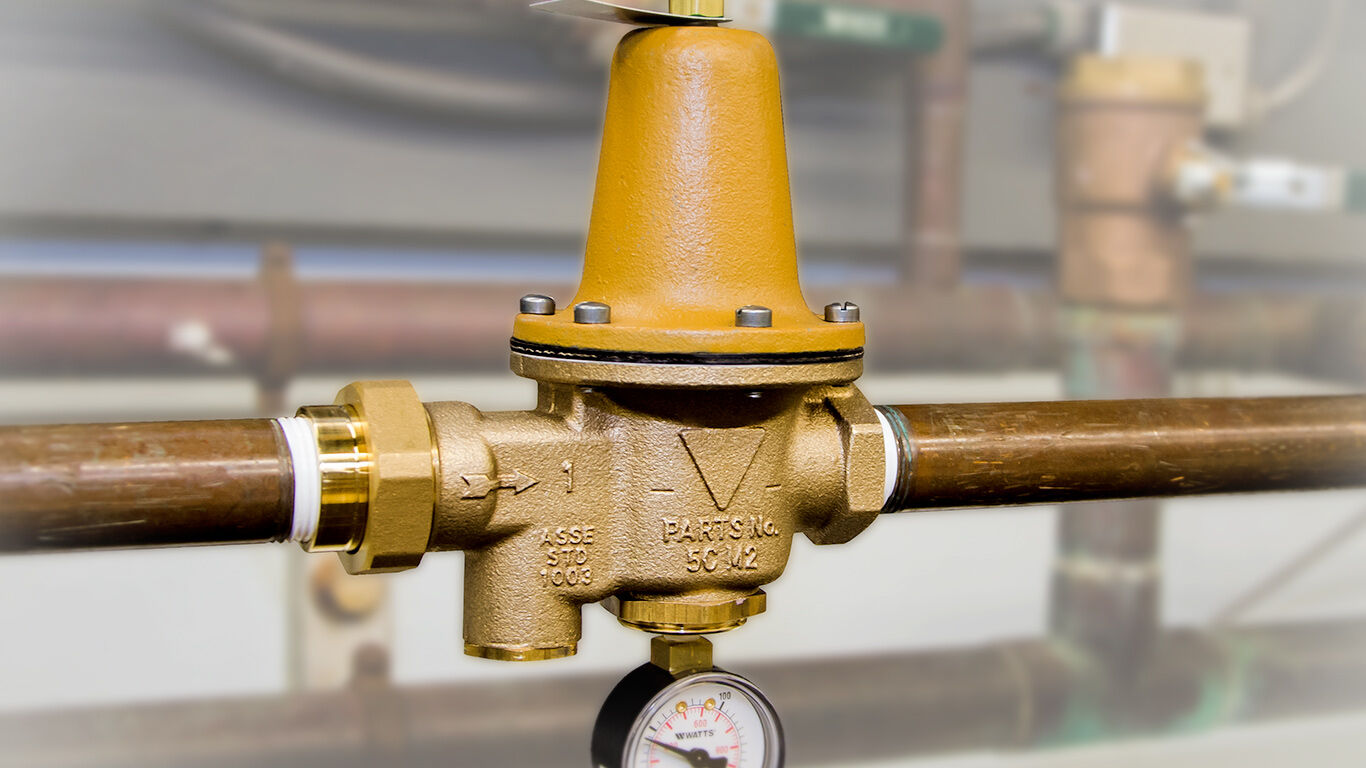
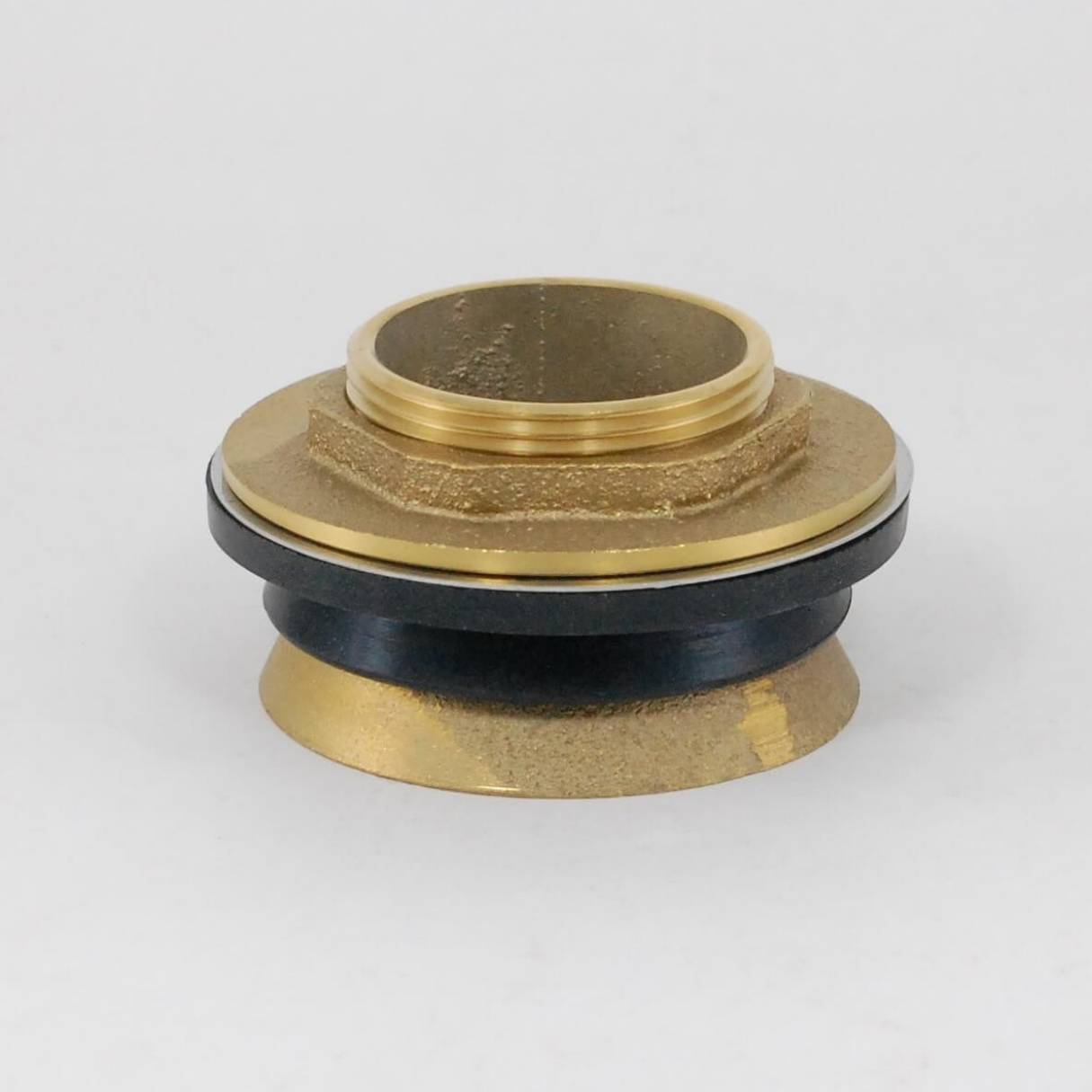
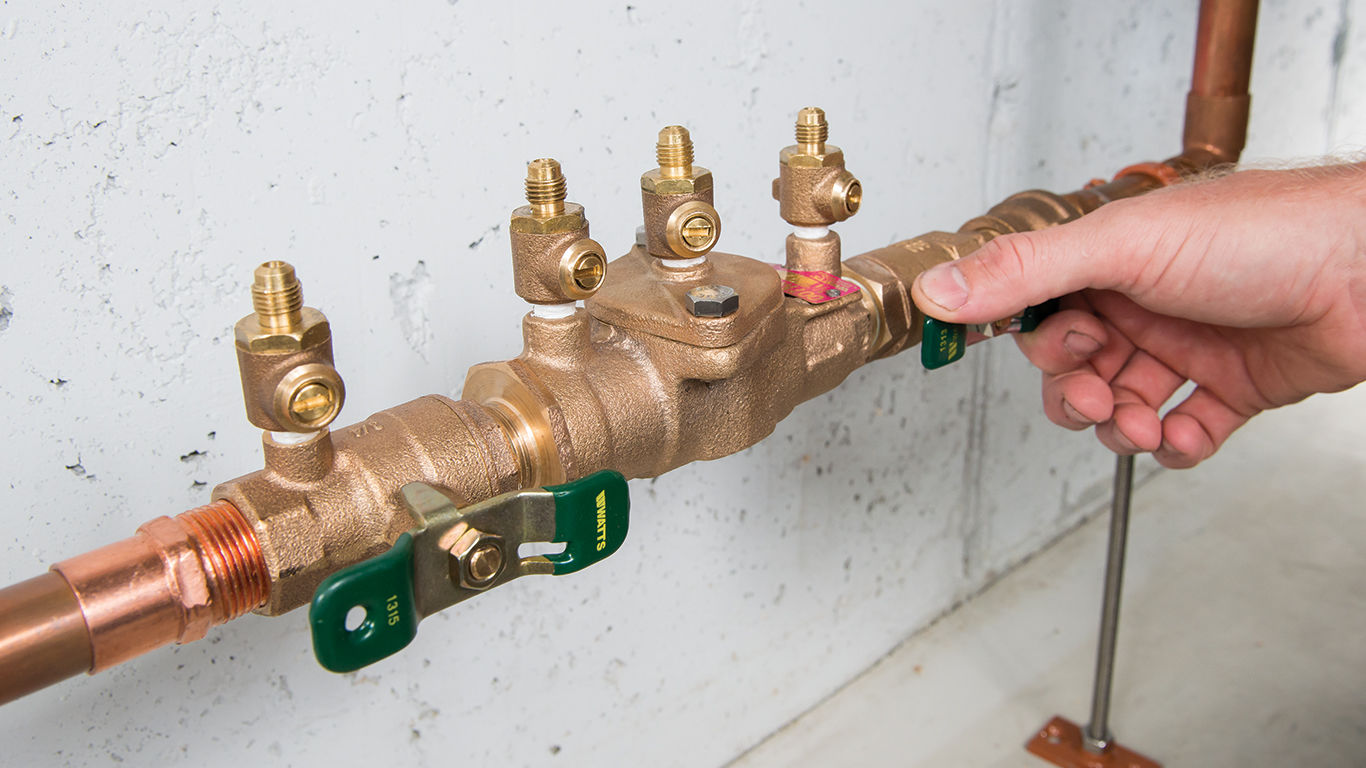
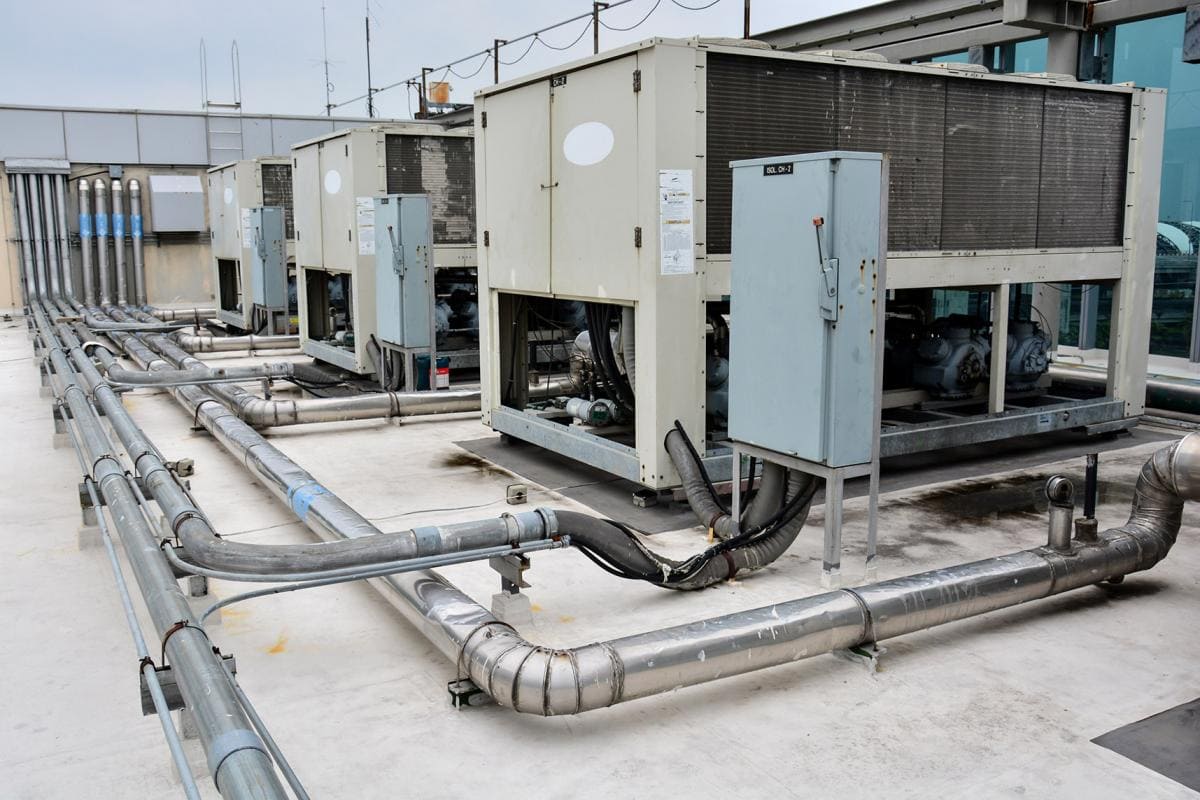
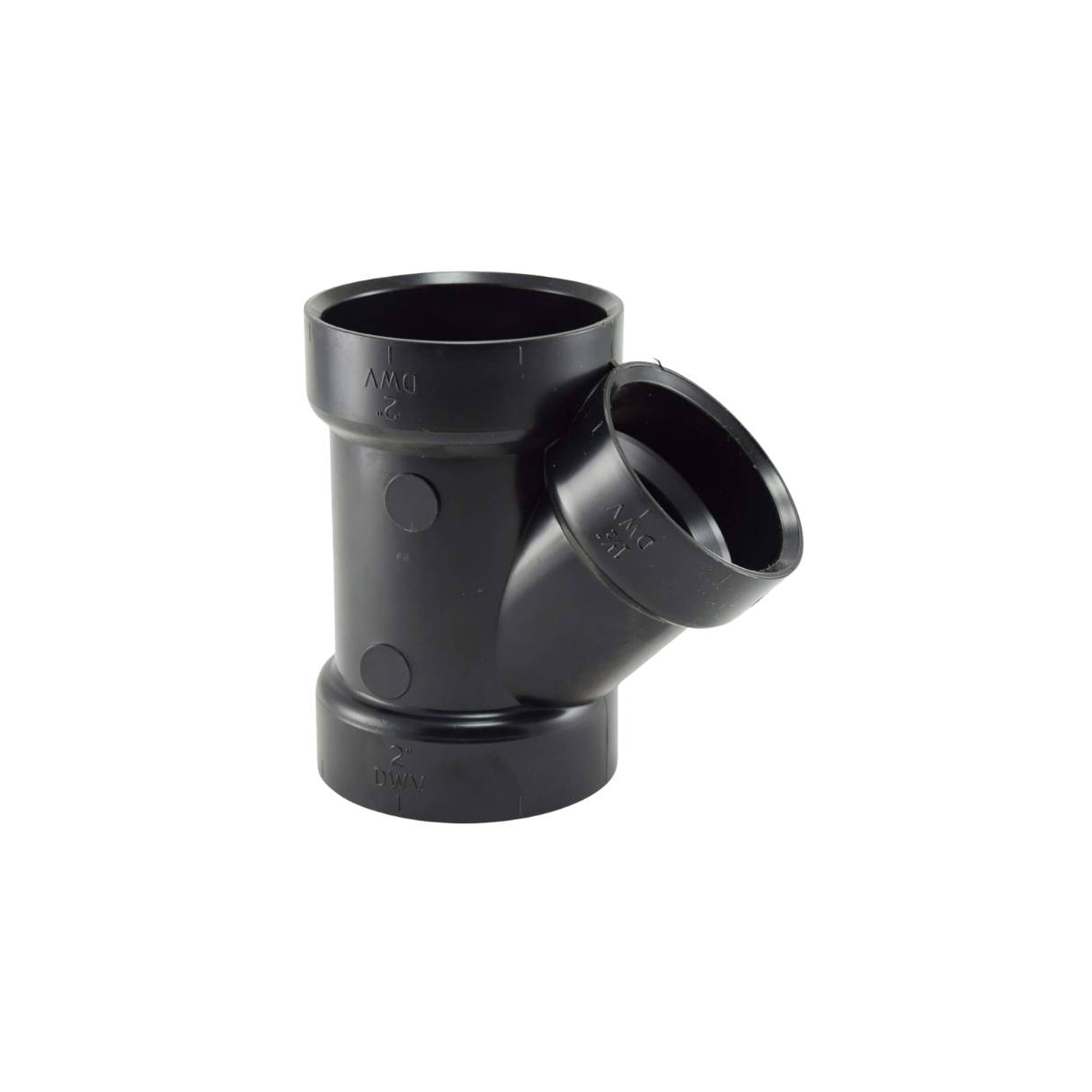
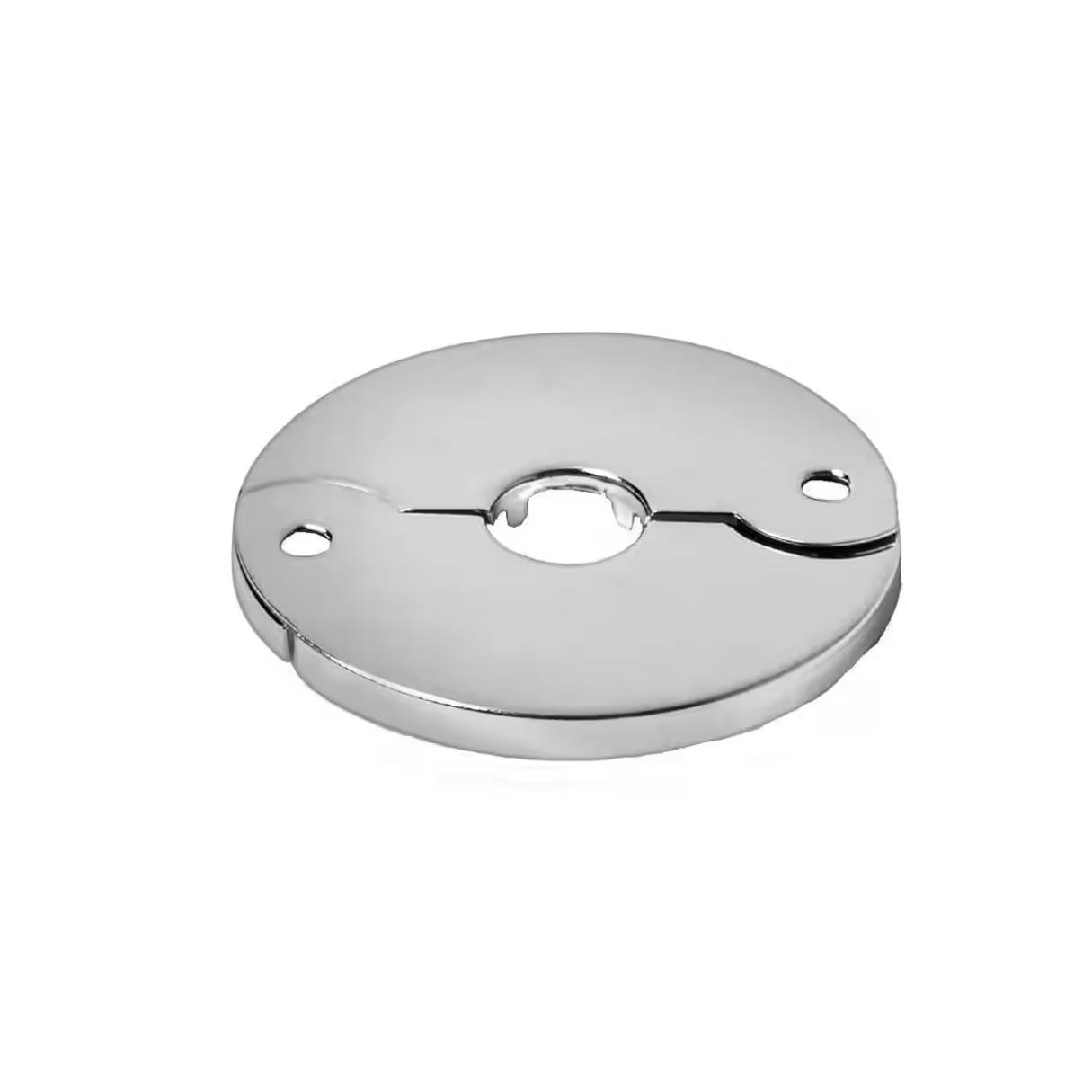
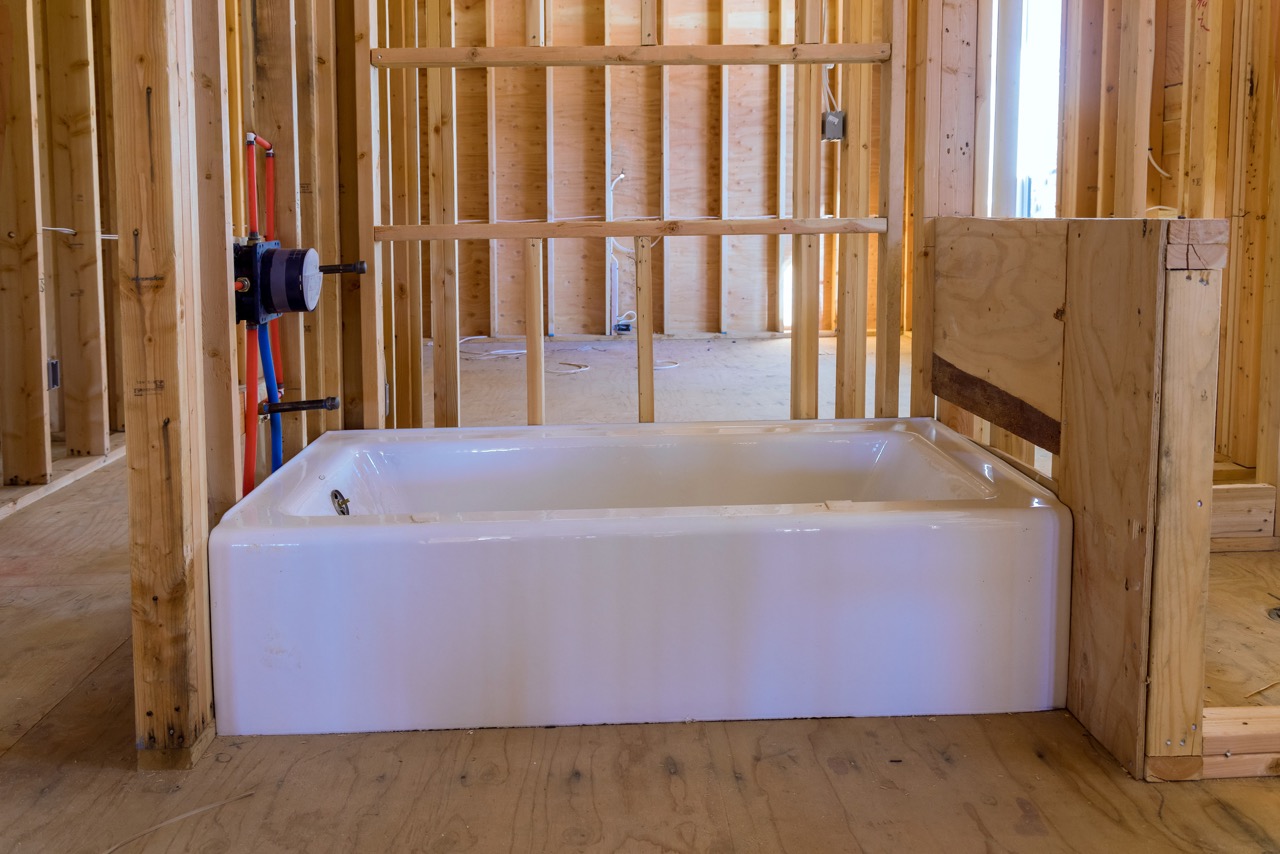
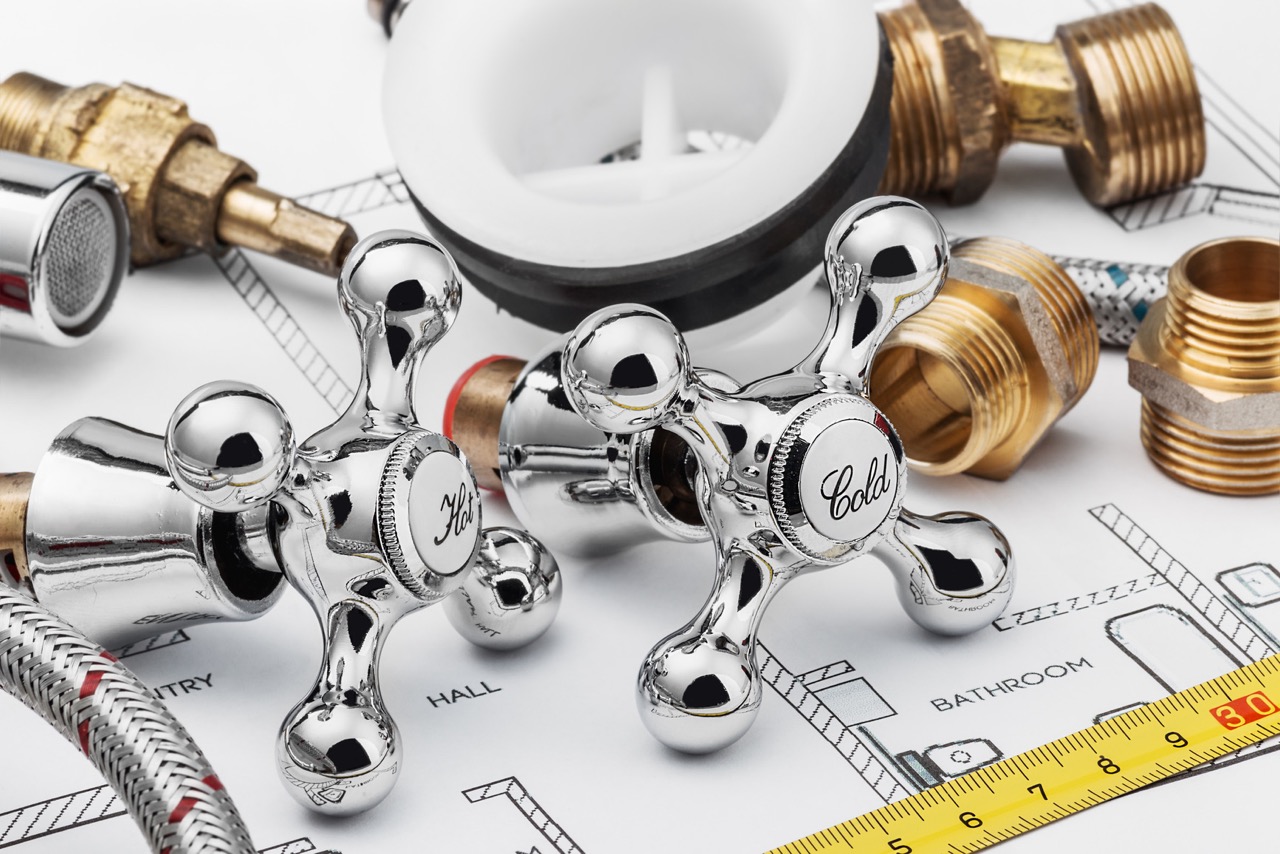
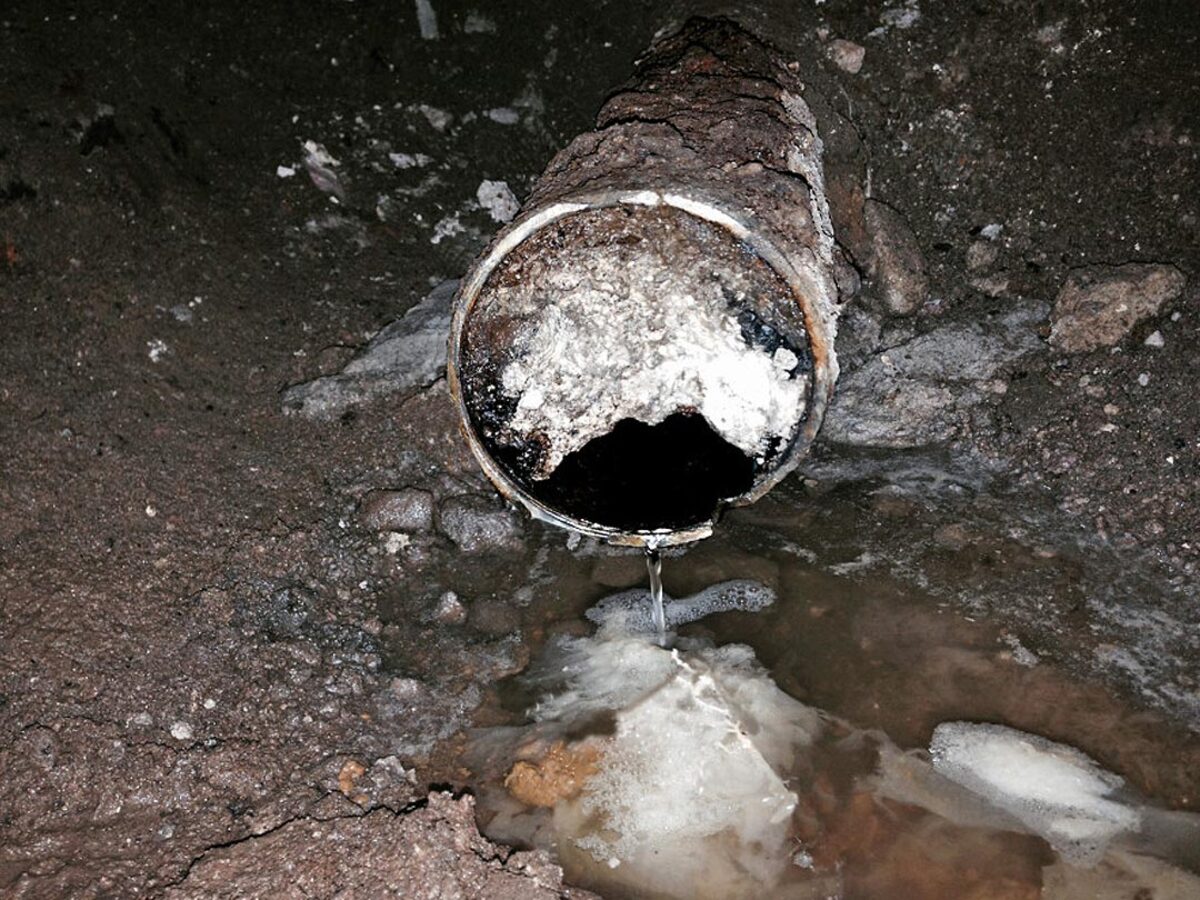
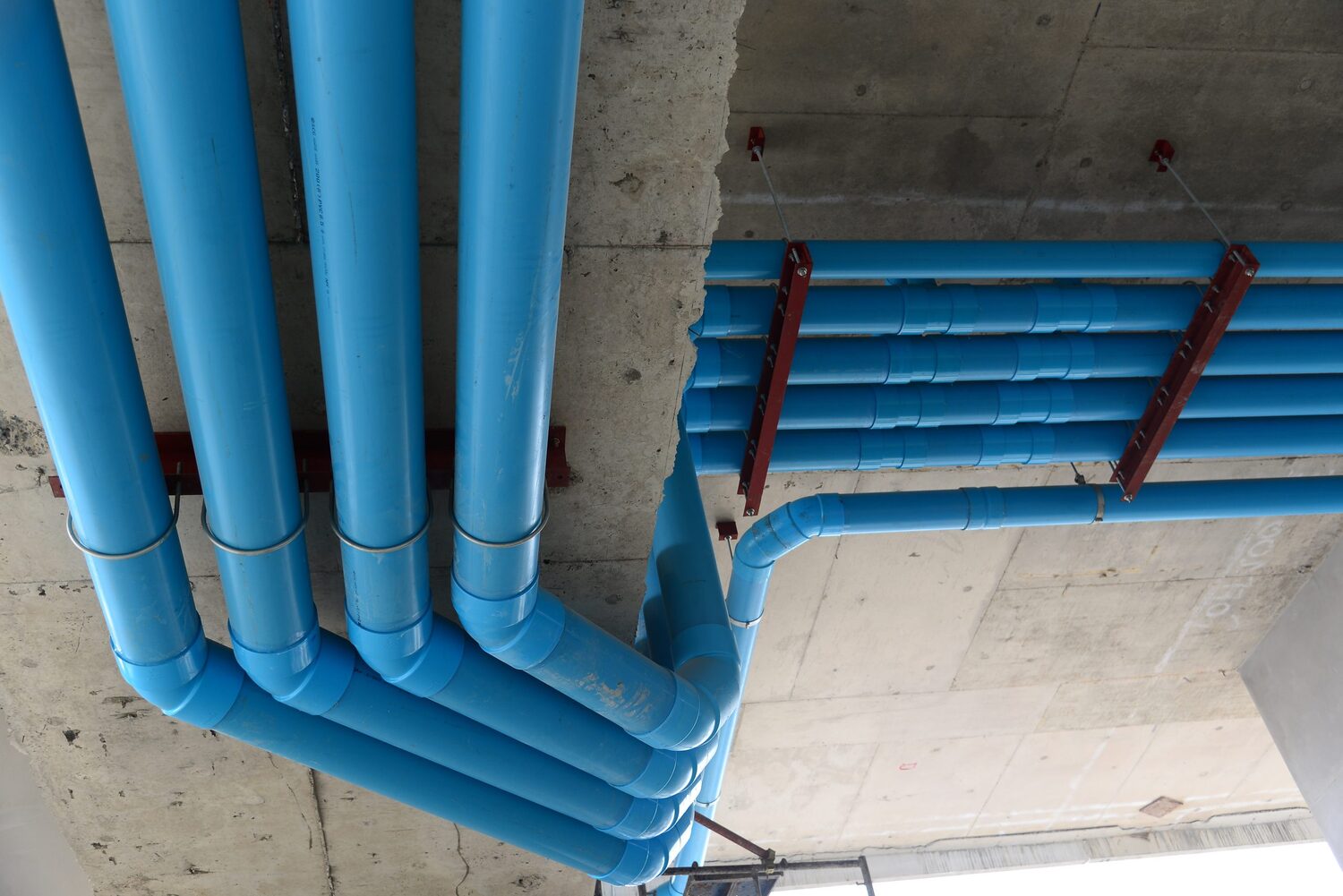
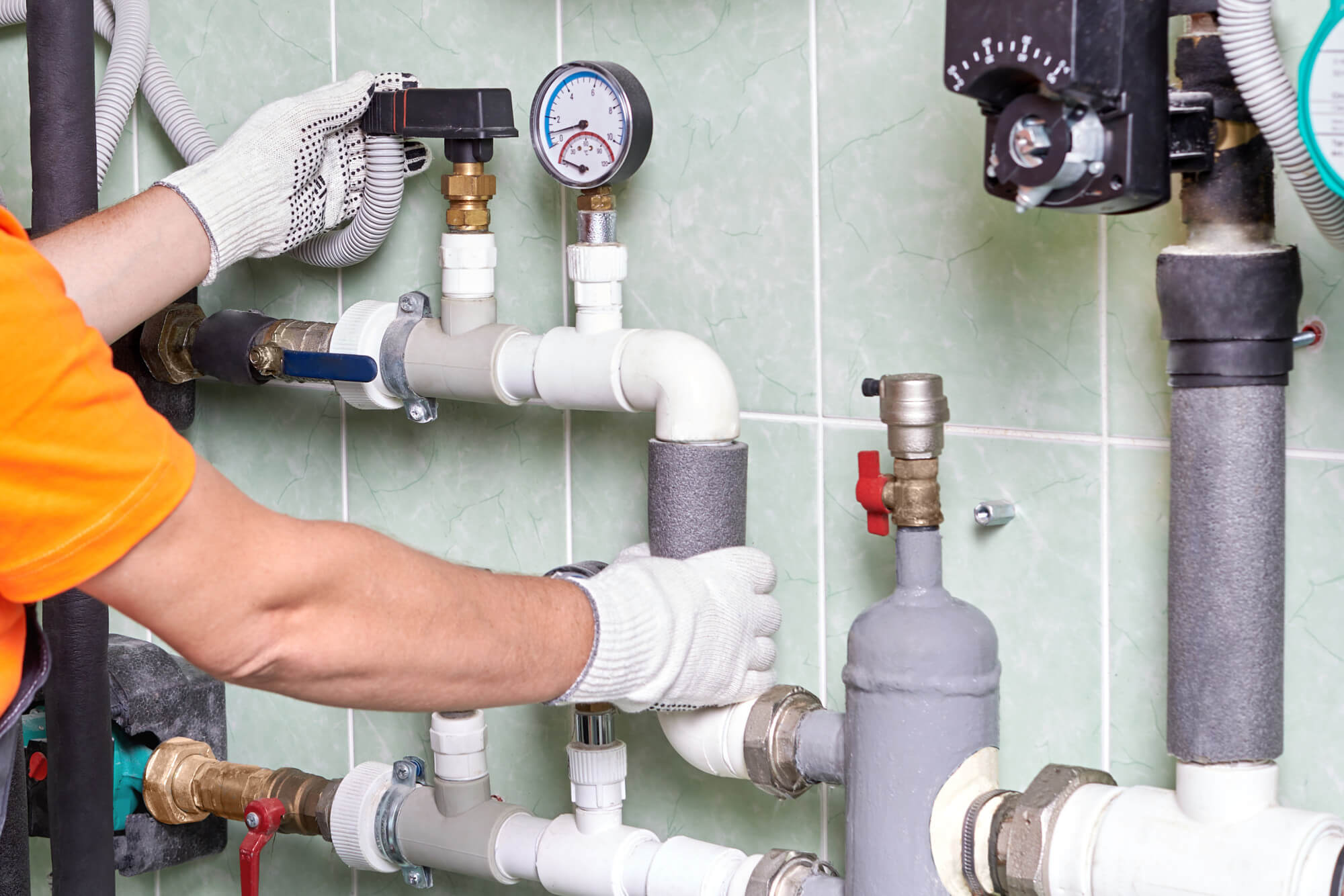
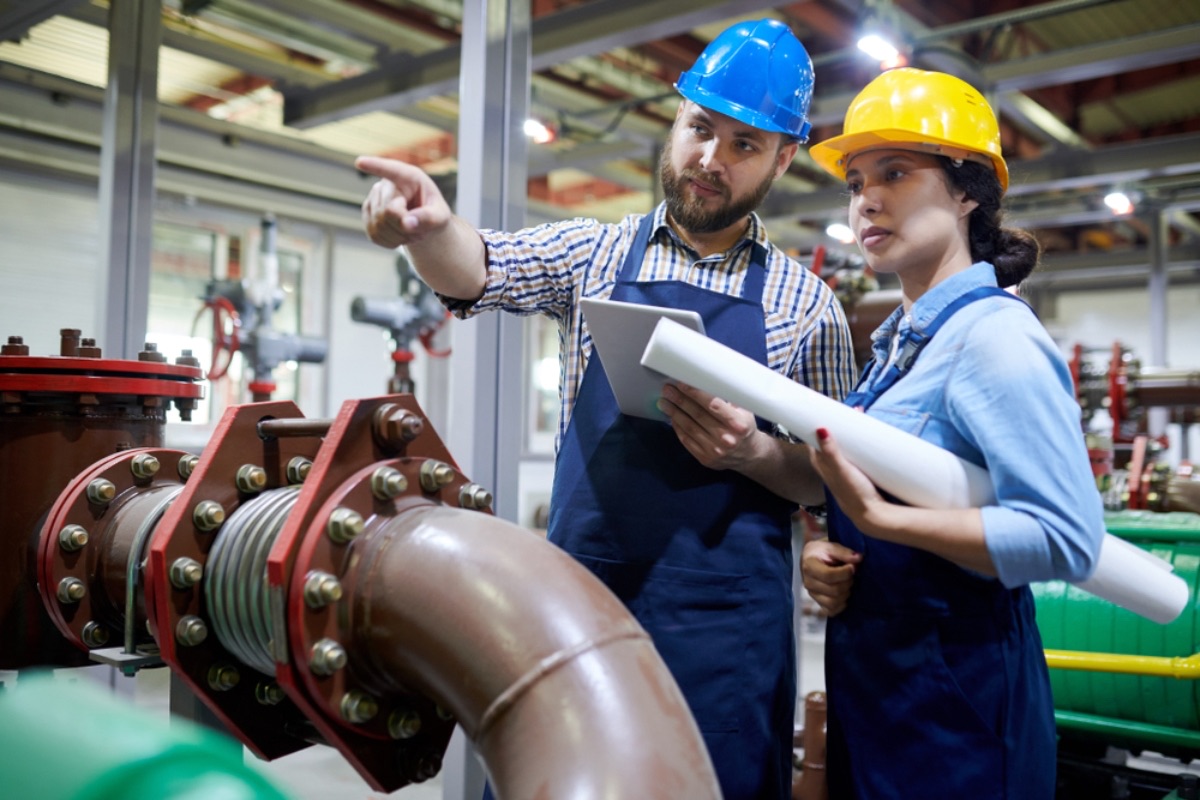
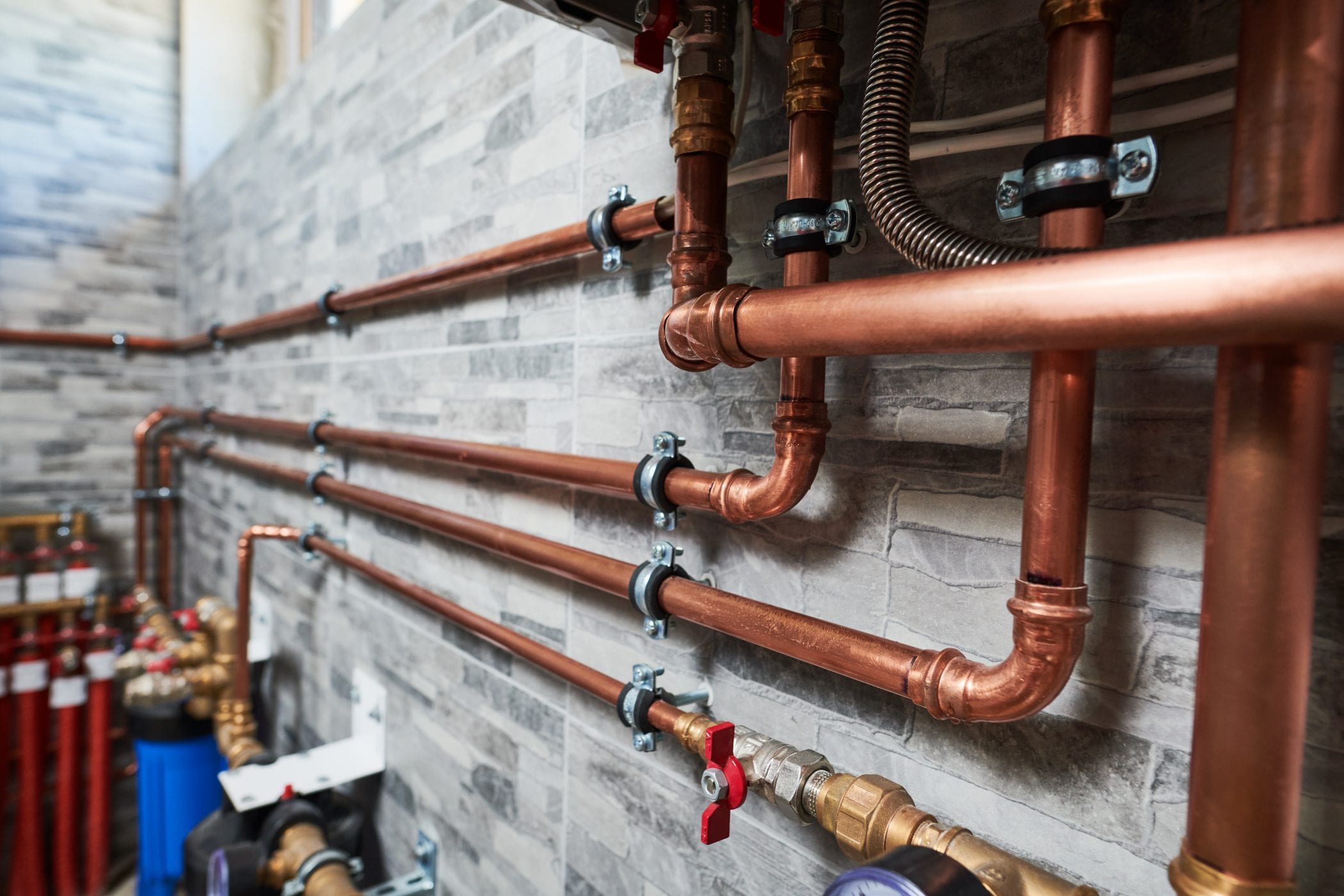

0 thoughts on “What Is A Manifold Plumbing”